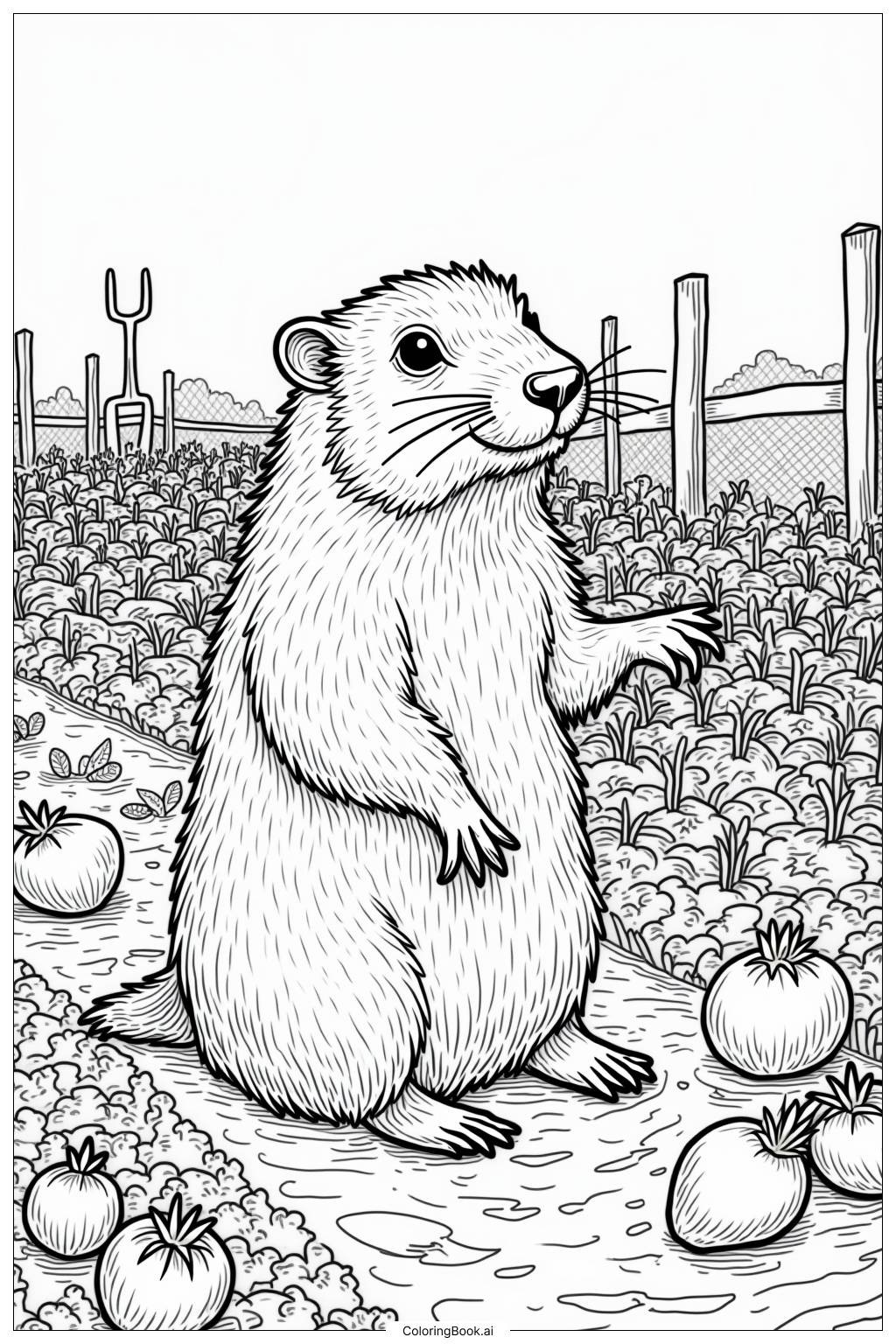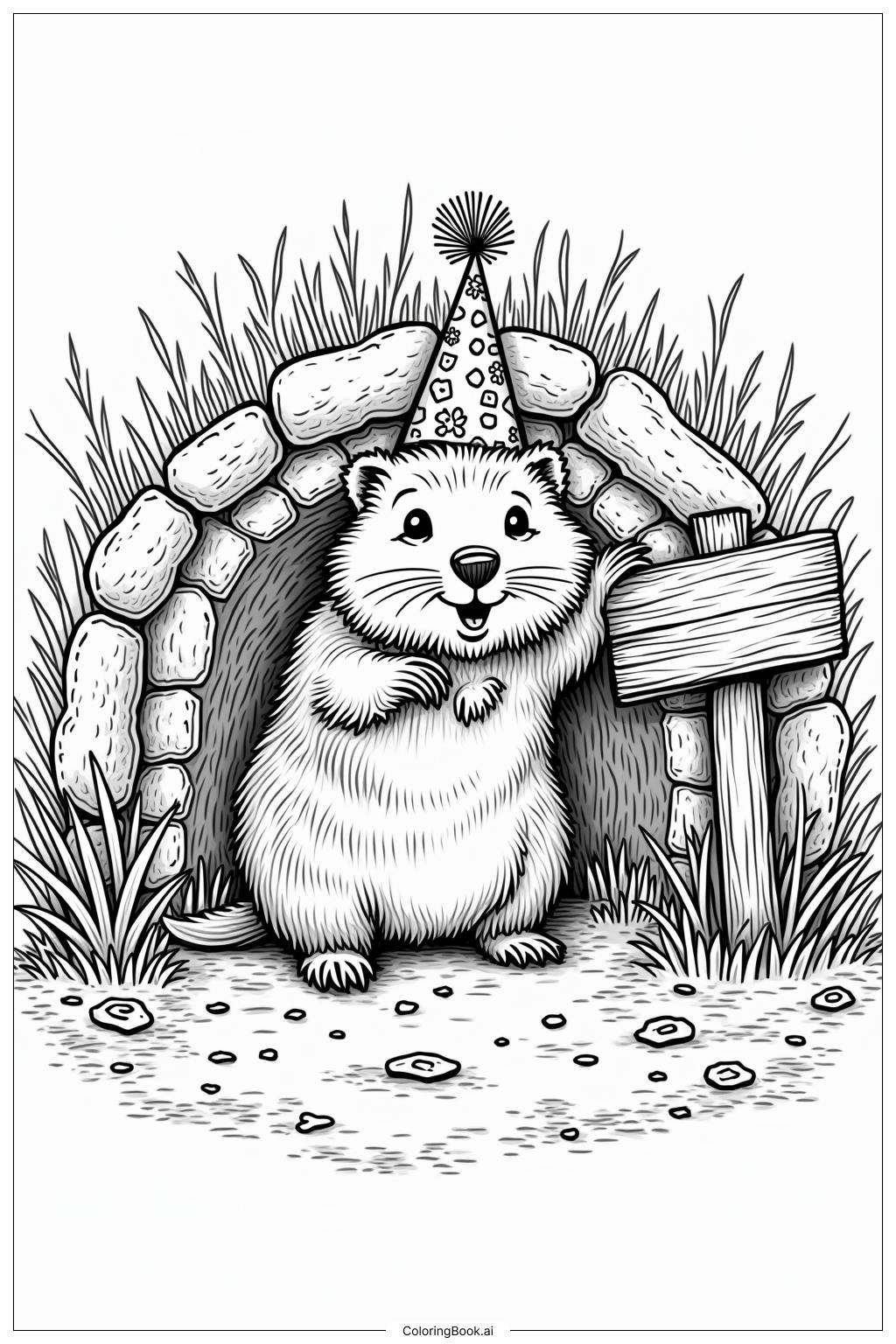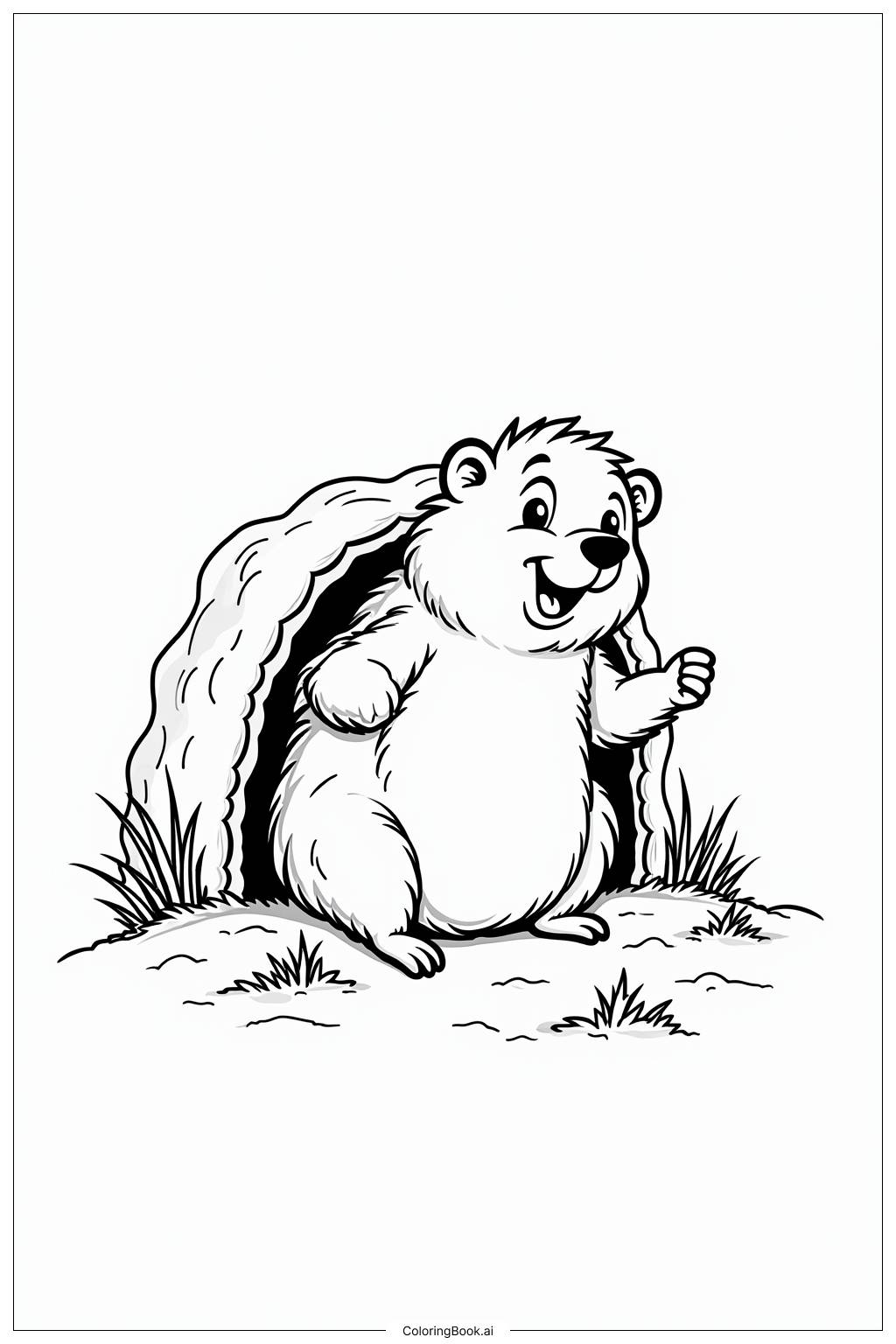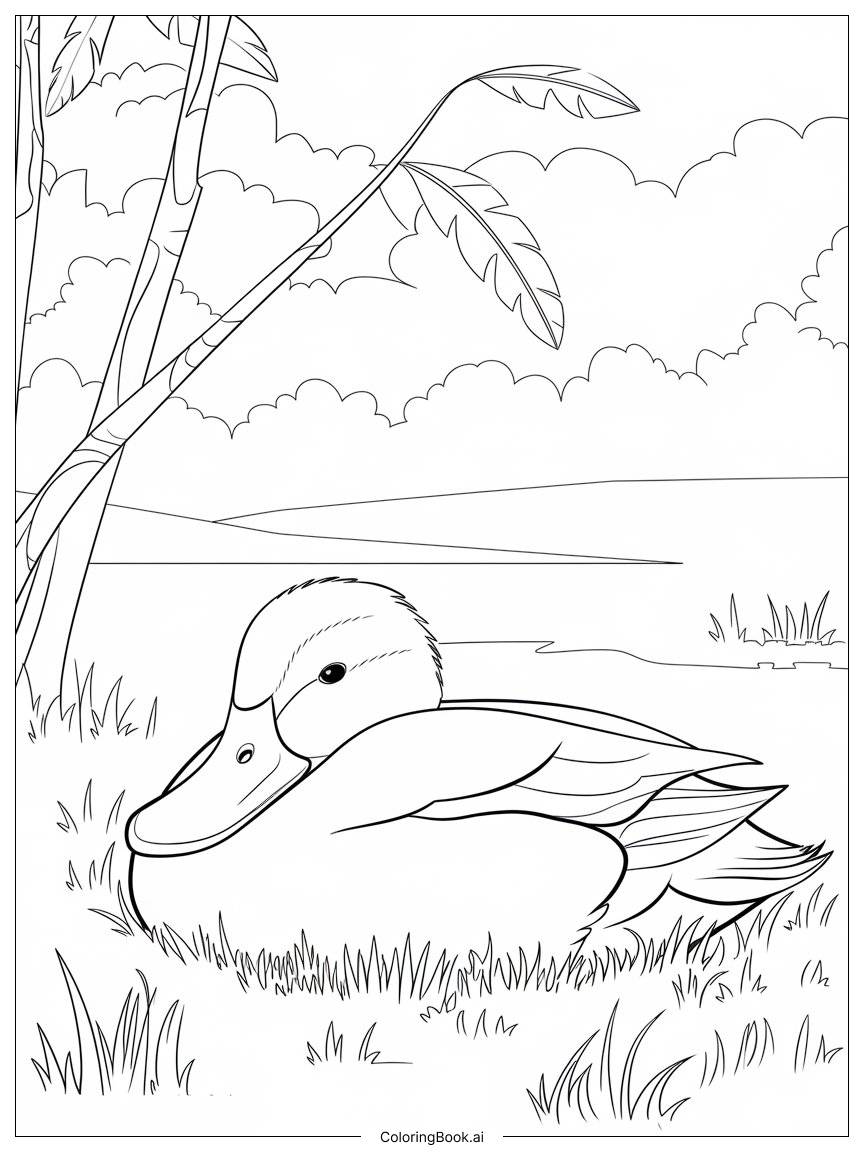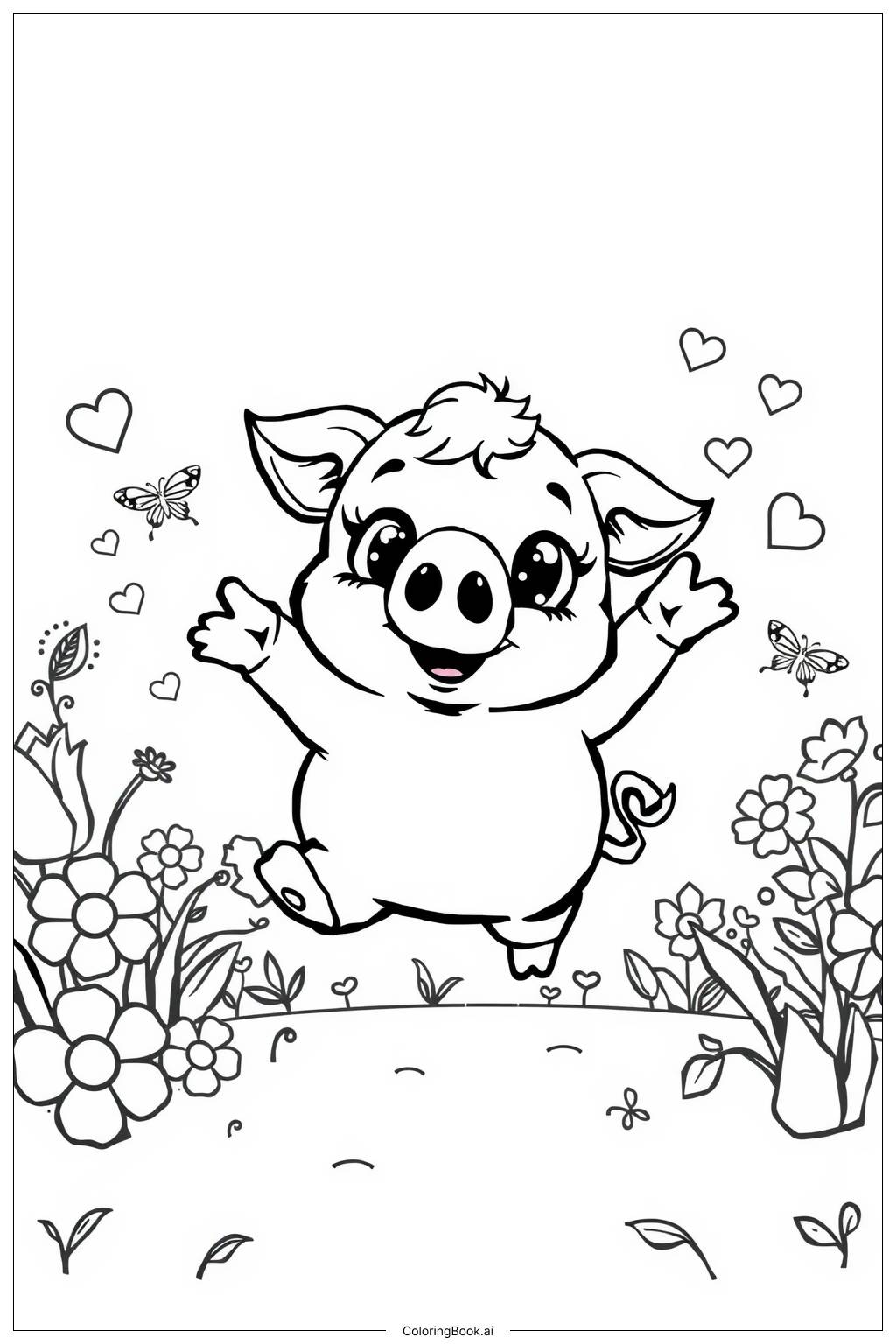Coloring tips: How to color Ground Hog Eating Vegetables coloring page well?
For the groundhog, consider using warm browns and light yellows to create a soft and fluffy appearance. The tomatoes can be colored in bright reds with green tops to make them pop. The garden can feature various shades of green for the leaves, and deeper colors for the soil to add contrast. Children can also experiment with textures by using crayons for smooth finishes or markers for bold colors.
Coloring challenges: Which parts are difficult to color and need attention for Ground Hog Eating Vegetables coloring page?
1. **Fur Texture:** Coloring the groundhog's fur may be challenging due to the need for shading and texture. Kids might struggle to blend different shades of brown effectively to achieve a realistic look.
2. **Vegetable Details:** The tomatoes have different elements like the skin and stems. Children might find it tricky to color these details without making mistakes, especially with small spaces.
3. **Background Elements:** The gardening tools and fences in the background can also be complex. Children may have difficulty coloring these while ensuring they don’t color outside the lines.
4. **Shading and Highlights:** Adding depth to the image with shade and highlight can be difficult for younger kids, making the overall image appear flat if not done otherwise.
Benefits of coloring books: Advantages of drawing Ground Hog Eating Vegetables coloring page
Coloring this picture helps improve fine motor skills as children practice control with their coloring tools. It also encourages creativity, allowing kids to choose color combinations and blend different shades. This activity can boost focus and concentration, engaging young minds for extended periods. Additionally, it provides an opportunity for fun storytelling about the groundhog and its garden, enhancing imaginative play. Furthermore, it can teach kids about vegetables and nature, sparking interest in gardening and healthy eating.
